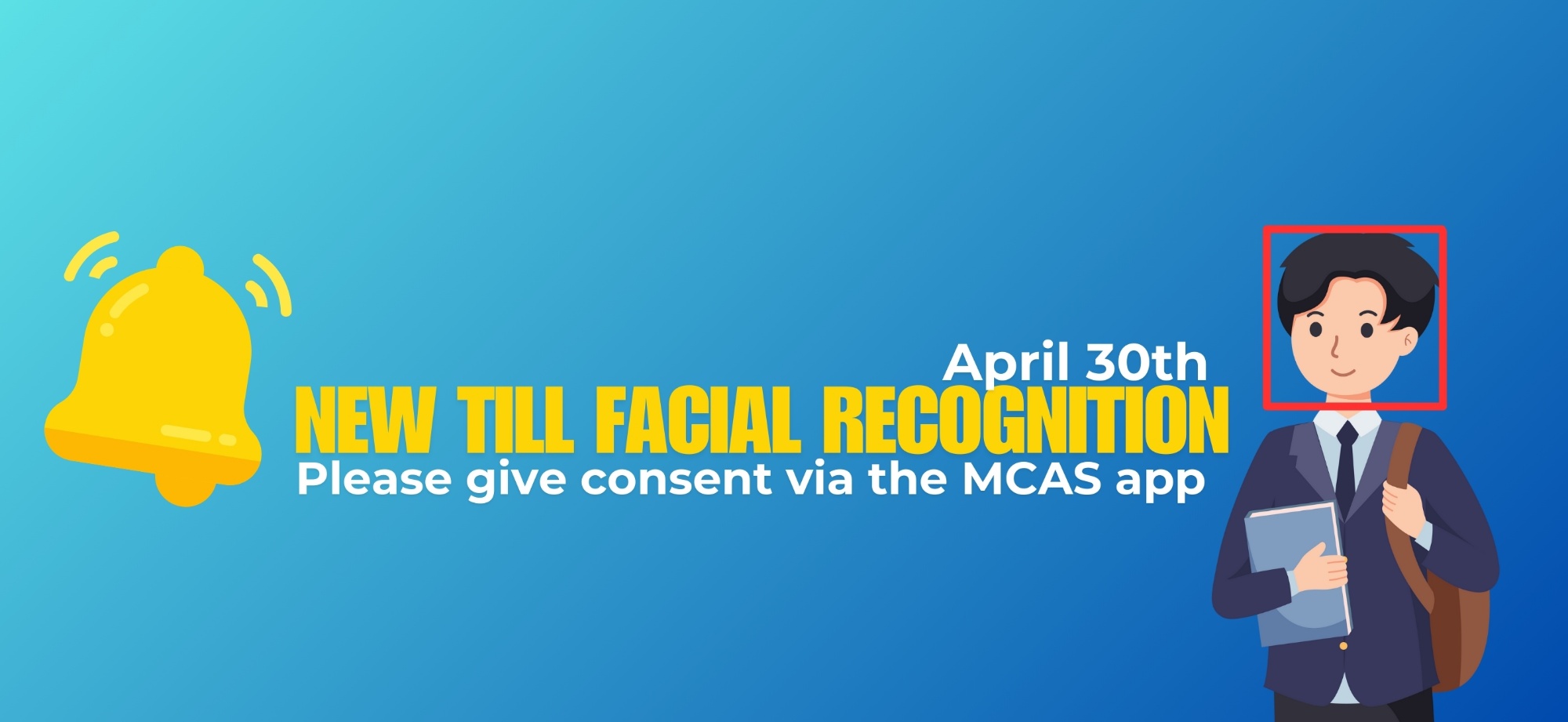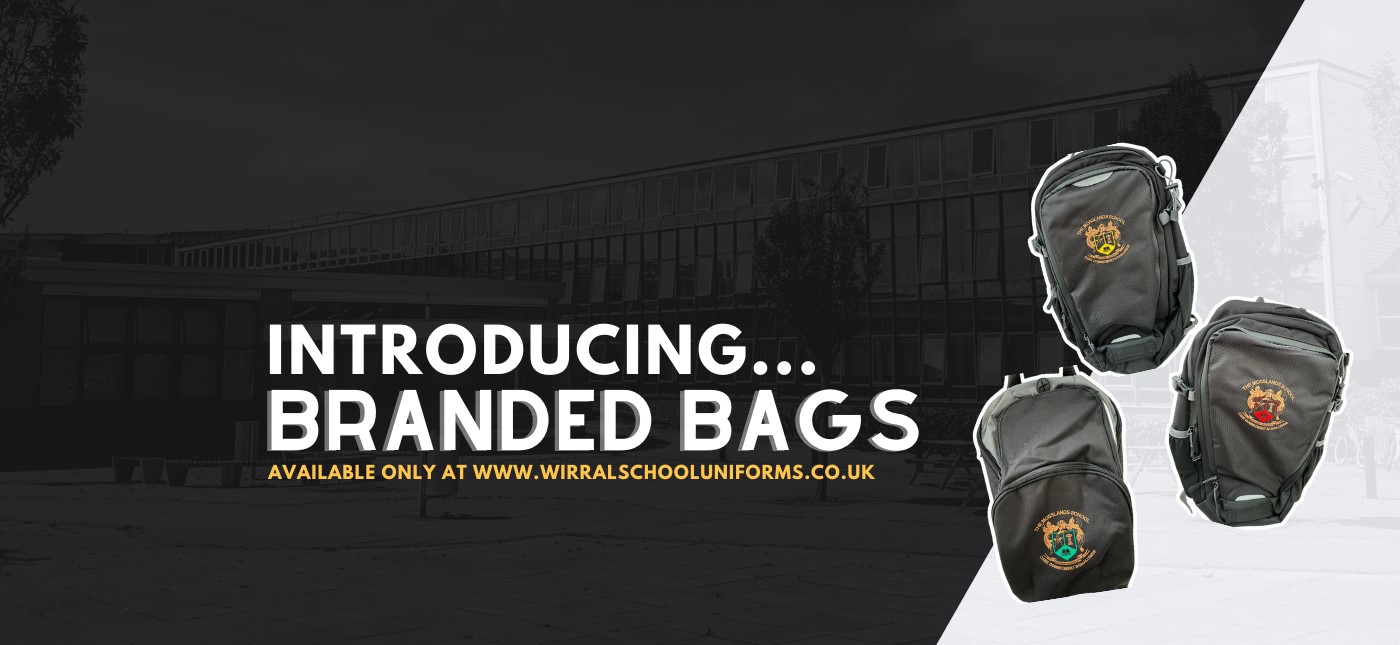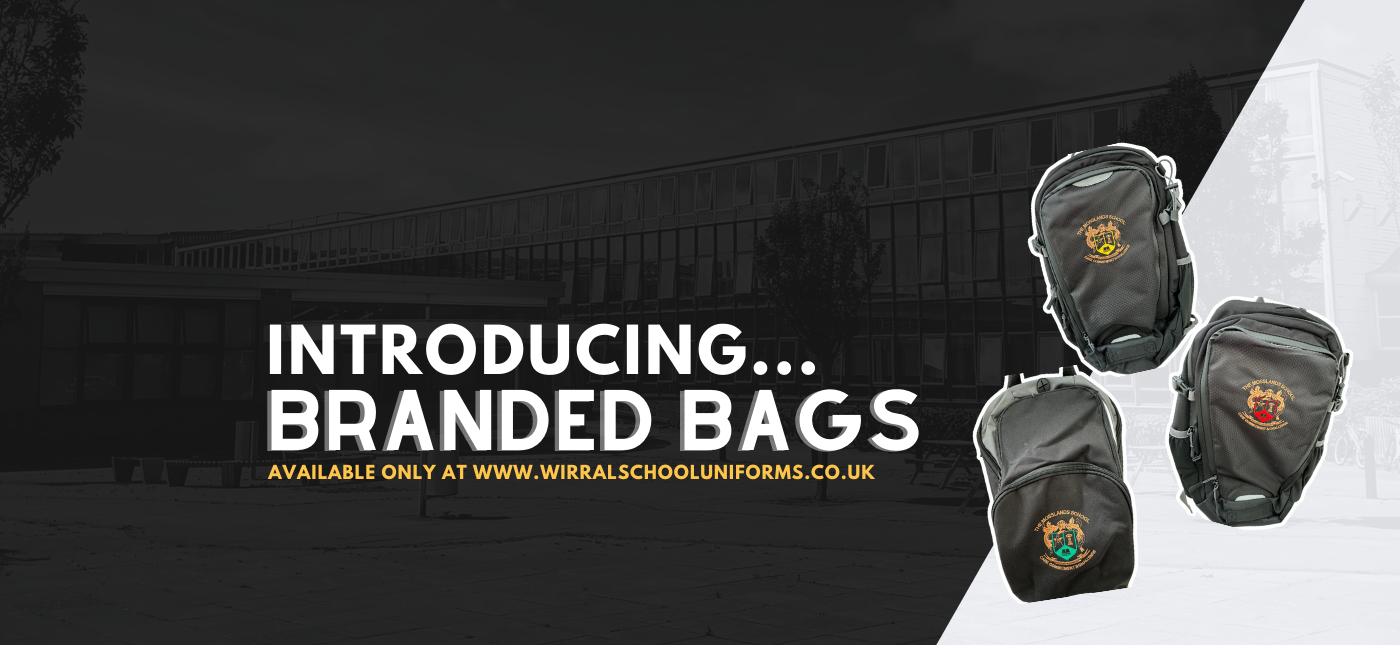The Knowledge and Skills overviews show the specific geographical content students will learn in each unit of study throughout the year. These documents outline both the substantive knowledge (locations, processes, and environmental systems) and the disciplinary skills (map reading, data analysis, and fieldwork techniques) that students will develop. Each unit is broken down to clearly identify what students need to know and what they should be able to do upon completion. Through the systematic development of both knowledge and skills, students build geographical literacy, analytical capabilities, and a deeper understanding of our world and its interconnectedness.
Select a unit to find out more...
What skills do we need to explore fantastic places?
| Unit progress criteria |
| Knowledge |
Skills |
- Accurately able to name and locate continents and oceans
- Understand the purpose and use of different types of maps, including Ordnance Survey maps, topographical maps, and thematic maps.
- Knowledge of map elements such as scale, grid references, direction, distance and symbols.
- Understanding of how to interpret and analyse information presented on maps, including physical and human geographical features.
|
- Accurately uses basic map skills to identify map symbols on an OS Map.
- Accurately uses contour lines, spot heights and layer shading to interpret relief maps.
- Accurately describe detailed features on a map and can interpret photographs to investigate places using a full range of geographical key terminology.
- Accurately uses basic map skills including 4 figure and 6 figure grid references.
- Accurately uses the 8-point compass rose to describe direction on a map.
- Competence in interpreting map scale and using it to measure distances.
|
Why are some volcanoes and earthquakes more deadly than others?
| Unit progress criteria |
| Knowledge |
Skills |
- Define the earth’s structure using a full range of geographical key terminology
- Describe the properties of the earth’s layers using a range of geographical key terminology
- Investigate types of plate boundaries using a full range of geographical terminology
- Explain the process of convection currents and how this drives plate movement.
- Describe the location of volcanoes and earthquakes across the world using a full range of geographical key terminology.
- Categorise the wide range of impacts facing a LIC as a result of a volcanic eruption.
- Categorise the wide range of impacts facing a HIC and LIC as a result of an earthquake.
- Explain the cause and effects of how a tsunami occurs using a wide range of geographical terminology.
- Categorise the wide range of impacts facing a country as a result of a tsunami.
- Investigate the techniques for monitoring and managing seismic hazards.
- Discuss the advantages and disadvantages of why people live near volcanic hazards.
|
- Construct and label a diagram of the earth’s structure
- Match up the 4 different earth layers to their properties
- Develop creative writing skills by writing a story about a journey to the earth’s core.
- Produce a cartoon strip to explain the process of convection currents.
- Developing annotation skills to explain the movement of different types of tectonic plates.
- Accurately use basic map skills, including locating tectonic plates, 4 figure and 6 figure grid references.
- Accurately use a full range of geographical key terminology.
- Use PEEL to evaluate effectively the impacts of seismic hazards (earthquakes, volcanoes and tsunamis) on the affected countries and make accurate comparisons and links.
- Examine and explain disaster-proof building designs.
- Examine the advantages of living near geological hazards through research skills.
|
Where does our money go when it is spent?
| Unit progress criteria |
| Knowledge |
Skills |
- Describe and give examples of economy from local to global using a wide range of geographical terminology.
- Describe and give examples of TNCs using examples and geographical terminology.
- Describe how employment changes as a country develops
- Describe the four sectors of employment using a wide range of geographical terminology
- Identify and explain why rural and urban life differs in India using a wide range of examples and geographical terminology.
- Explain why oil is such a valuable resource using a wide range of geographical terminology.
- Describe and explain the positive and negative impacts of TNCs locating in China using a wide range of geographical terminology.
- Identify and explain the positive impacts of improved infrastructure for a country.
- Assess the problems faced by Nigeria’s food shortages using a wide range of geographical terminology.
- Describe and explain the tax problems faced by India’s informal employment sector.
|
- Continue to develop basic map skills by identifying and locating countries on a world map.
- Interpret and analyse data presented in graphs, charts and tables.
- Make inferences using visual information e.g., photographs and add annotations
- Explain why TNC’s locate in certain countries and create an assessment of the advantages and disadvantages of this.
- Construct a diagram to show the ‘cycle of poverty’ and explain using a full range of geographical terminology which shows increasing fluency.
- Analyse the factors that can affect a country’s level of economic growth.
- Organise and then present information in a structured way through the use of speech writing.
- Make connections between key economic concepts and real-world examples.
- Use geographical key terminology accurately throughout which shows increasing fluency
|
Can life really thrive in hot deserts?
| Unit progress criteria |
| Knowledge |
Skills |
- Describe the characteristics of a desert using a wide range of geographical terminology.
- Describe the location of hot and cold deserts around the world using a wide range of geographical terminology
- Explain why a desert is an extreme environment using a wide range of geographical terminology.
- Interpret and explain climate graphs for a desert environment.
- Explain how the processes of erosion and deposition create different desert landforms using a wide range of examples and geographical terminology.
- Explain how animals and plants have adapted to the desert environment using a wide range of geographical terminology.
- Assess the opportunities and challenges of tourism in a desert environment using a named case study example and a wide range of geographical terminology.
- Explain how communities have adapted to surviving the desert environment.
- Assess the opportunities and challenges people face living in an extreme environment.
- Evaluate the importance of deserts and how people might live sustainably in these regions.
|
- Use map skills to locate and identify the world’s major desert regions
- Construct, interpret and analyse climate graphs to describe desert environments.
- Draw sketches to show animal and plant adaptations and annotate making links to the climate.
- Explain how the adaptations of desert organisms help them thrive in extreme environments.
- Develop oracy skills through researching and summarising information about a significant geographic landmark and form a justified opinion.
- Use a full range of geographical terminology that is accurate and shows increasing fluency.
|



















